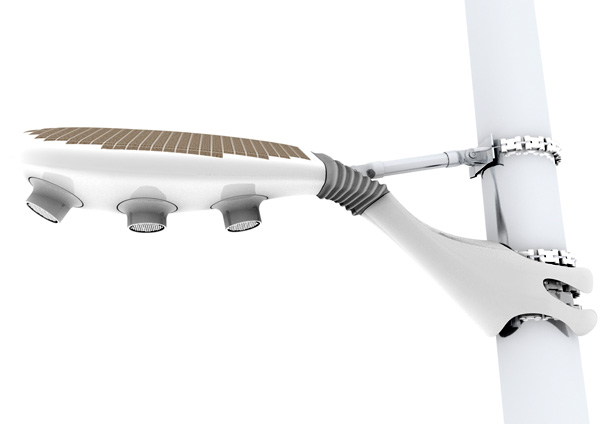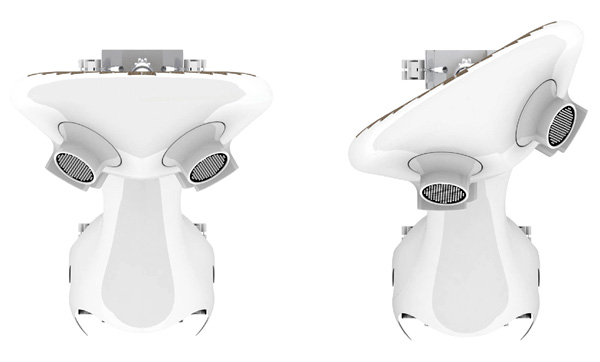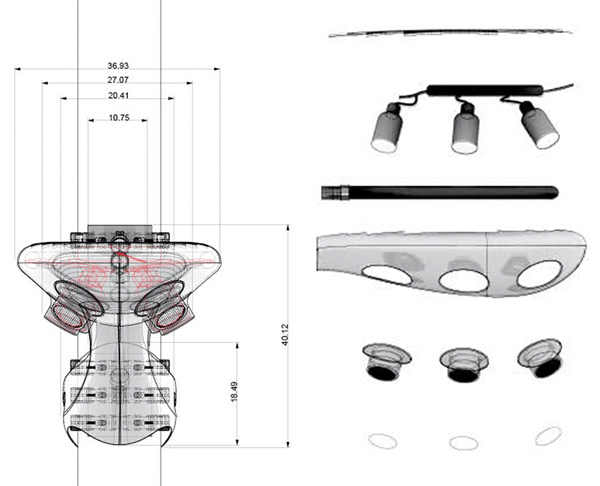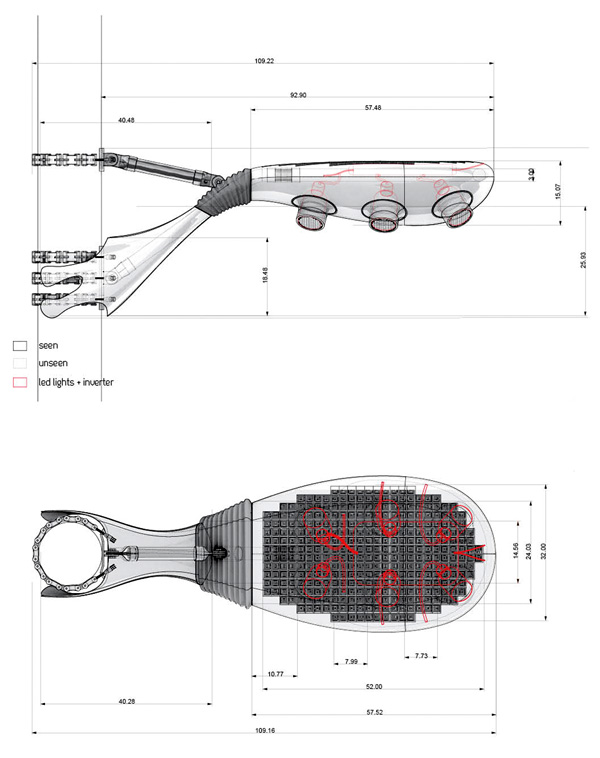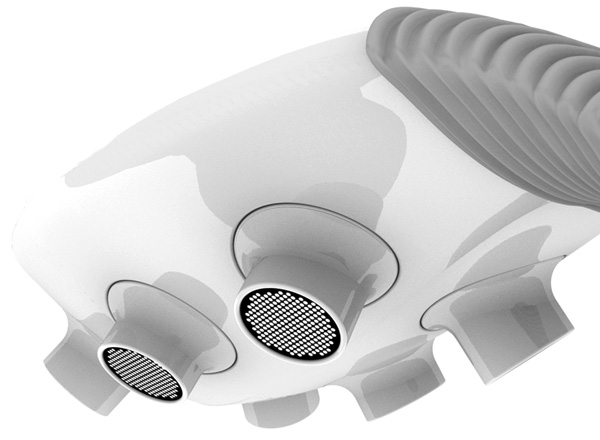Wysips popped by our trailer at the show this year to celebrate the 90% transparency of its photovoltaic display overlay achievement with us -- and therefore with you. Last time we had a chance to peek through Wysips' solar cell the transparency was sitting at 70% which was way short of today's level and manufacturer requirements if this thing is ever to see the light of day. The current setup will not generate enough power to negate the need for a charger, not even close but what it could do is power all your music playback, for example while your phone is exposed to the sun. Wysips' goal for 2014 is to reach a power return of 10 mWc per cm² as of today the output is closer to 3, though seeing as most of the effort has been focused on reaching this production-ready transparency, they've hope this will be attainable. Sampling should begin in march this year with potential for a product in the marketplace in September this year.
Honestly, the demo sets available were pretty worn out looking, though the overlay spoke for itself in that it was still visible at extreme angles but barely when viewing straight on. Part of our demo was plugging an LED into the array that had been retrofit into an iPhone and seeing the LED light come on when the solar cell is exposed and go out when covered. Here's hoping we get a proper working demo in the coming months though for the here and now, consider us guardedly impressed. A few pics comparing overlay versus no overlay are in the gallery below.
Filed under: Cellphones, Peripherals, Science















